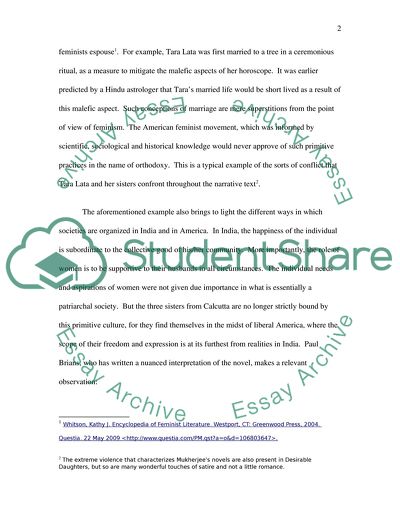Cite this document
(“Essay on Desirable Daughters novel by Bharati Mukherjee”, n.d.)
Retrieved from https://studentshare.org/literature/1555256-essay-on-desirable-daughters-novel-by-bharati-mukherjee
Retrieved from https://studentshare.org/literature/1555256-essay-on-desirable-daughters-novel-by-bharati-mukherjee
(Essay on Desirable Daughters Novel by Bharati Mukherjee)
https://studentshare.org/literature/1555256-essay-on-desirable-daughters-novel-by-bharati-mukherjee.
https://studentshare.org/literature/1555256-essay-on-desirable-daughters-novel-by-bharati-mukherjee.
“Essay on Desirable Daughters Novel by Bharati Mukherjee”, n.d. https://studentshare.org/literature/1555256-essay-on-desirable-daughters-novel-by-bharati-mukherjee.


